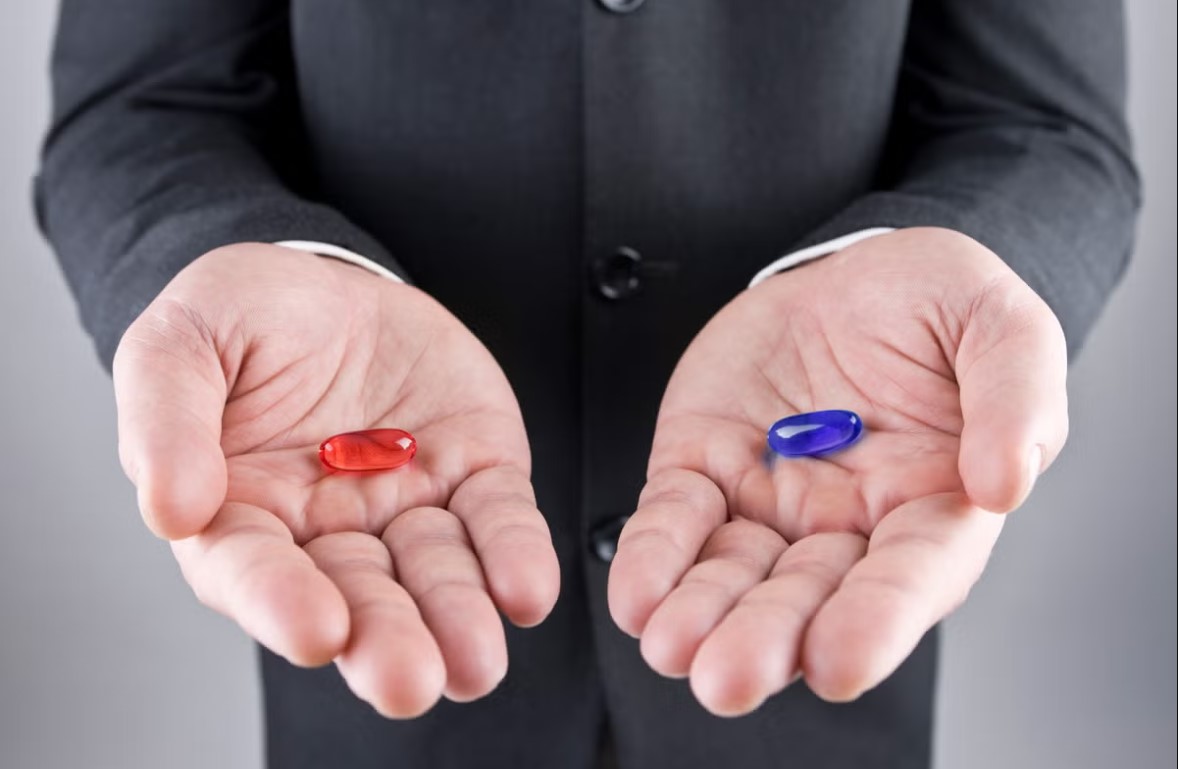Calls for Ukraine
Calls for Europe
Calls for USA

Generics made in India cause far more “serious adverse events” in patients who use them than similar drugs made in the United States, a new study says.
Such side effects include hospitalization, disability and, in some cases, death.
The findings indicate that not all generics are equal, even though patients are often told they are equivalent, said John Gray, a co-author of the study and a professor of operations management at The Ohio State University’s Fisher College of Business.
“The regulation of drug manufacturing and thus quality assurance practices differ between emerging economies such as India and advanced economies such as the United States,” Gray said. ” “The location of generic drug manufacturing can make a significant difference.
“The FDA assures the public that all generics modeled after the original drug should be equivalently safe and effective, but this is not always the case when it comes to generics manufactured in India,” added the study’s other co-author, George Ball from Indiana University.
The study, published recently in the journal Production and Operations Management, was conducted in close collaboration with the Food and Drug Administration, although it was independent.
According to the authors, working closely with the FDA allowed them to better understand the importance of studying the quality of generics.
The study is the first to link a large sample of generic drugs to the actual manufacturing facility where they were produced. The FDA does not disclose this information under the Freedom of Information Act. But, the researchers figured out how to use a so-called structured product labeling dataset to link the drugs to the facility where they were manufactured.
The researchers believe that overcoming the lack of transparency regarding the location of drug manufacturing is one of the major achievements of their study.
Another key point of the study is to compare drugs made in India with the same drugs made in the United States. The drugs had the same active ingredients, the same dosage form, and the same route of administration.
That is, they were pharmaceutically equivalent, and the scientists were effectively comparing “apples to apples.”
The researchers compared 2,443 drugs manufactured in the U.S. and in emerging economies. Although the researchers included different countries in their analysis, 93% of the generics from emerging economies are manufactured in India, so it is the Indian data that fully explains the findings.
Researchers compared the frequency of adverse event reports for drugs manufactured in India with similar drugs manufactured in the United States. These adverse event reports are available in the FDA Adverse Event Reporting System (FAERS).
Although FAERS includes all reported adverse events, in this study, researchers used only those that resulted in the most serious outcomes, including hospitalization, disability, and death.
The results showed that the number of serious adverse events for generics manufactured in India was 54% higher than for similar generics manufactured in the United States. And this is after taking into account a variety of other factors that may have influenced the results, including the volume of drug sales.
The researchers emphasize that the findings should not be taken as a reason to stop foreign production of generic drugs.
This is a matter of regulatory oversight that can and should be improved.
According to Gray, one of the key problems is that when the FDA inspects generic drug plants in the United States, the inspections are done unannounced. But in foreign countries, inspections are scheduled in advance, which can allow manufacturers to hide problems and make it difficult for the FDA to find existing violations. If all inspections were unannounced, it could make a big difference, he said.
Please rate the work of MedTour
